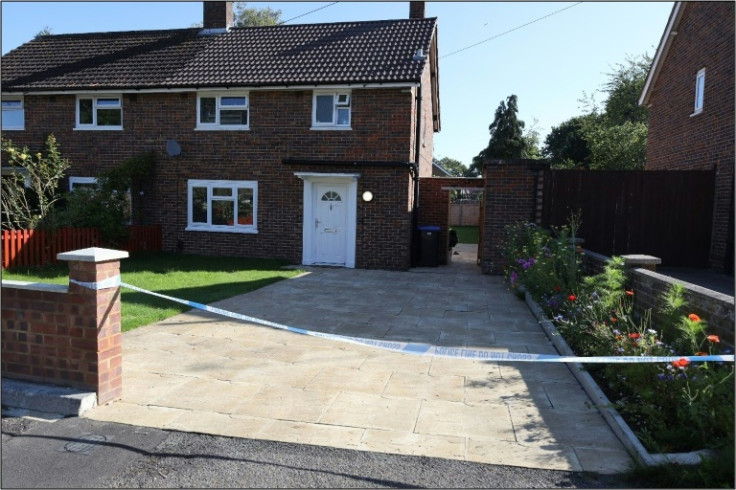Australia's Home Prices Surge: Median Value Up AU$230,000 In 5 Years

Australia's median home value has seen a significant increase of approximately AU$230,000 over the past five years, marking a 39.1% increase in property prices.
According to CoreLogic's April Housing Chart Pack, home prices have surged from March 2020 to March 2025. In 2001, the average home cost 4.6 times the median income, which rose to 6.5 by 2020 and hit a record high of 8.0 by the end of 2024.
Biggest dollar jump yet
CoreLogic economist Kaytlin Ezzy explained that while the 39.1% increase in home values over the past five years was smaller than the percentage jumps seen in the early 2000s and late 1980s, the actual dollar rise was much larger, The Guardian reported.
Adjusted to today's median values, the recent growth equals about a AU$230,000 increase, which is roughly half the size of earlier percentage peaks but far more significant in terms of money.
"By comparison, the dollar rise seen over the five years to December 2003 was roughly $90,000 less, at $140,000, while the March 1989 increase was equivalent to around a $60,000 increase in the median," Ezzy added.
Ezzy noted that the 39.1% increase in home values over the past five years was mainly due to strong demand, limited supply, and a stable economy.
She added that despite occasional short-term price drops, housing values have mostly gone up in recent years. However, this growth was still less intense than in previous housing booms, which were driven by major economic changes and a growing population.
Housing affordability hits record lows
CoreLogic's research director, Tim Lawless, said housing affordability in Australia has become more difficult than ever. Key indicators like how long it takes to save for a 20% deposit, how much income is needed to cover rent, and the ability to repay loans have all reached record highs.
Lawless explained that home prices have increased much faster than incomes due to factors like strong demand, limited housing supply, low interest rates over time, and rising household debt. Sydney is now the least affordable city in the country, with home prices nearly 10 times the average income.
Adelaide follows closely, with prices nine times the average income. Regional New South Wales is the third least affordable housing market in Australia, with home prices at 8.9 times the average income.
Brisbane follows with a ratio of 8.2. On the other hand, Darwin is the most affordable, with a price-to-income ratio of just 3.9. This is due to a combination of lower housing prices and higher local incomes.
© Copyright 2025 IBTimes AU. All rights reserved.





















